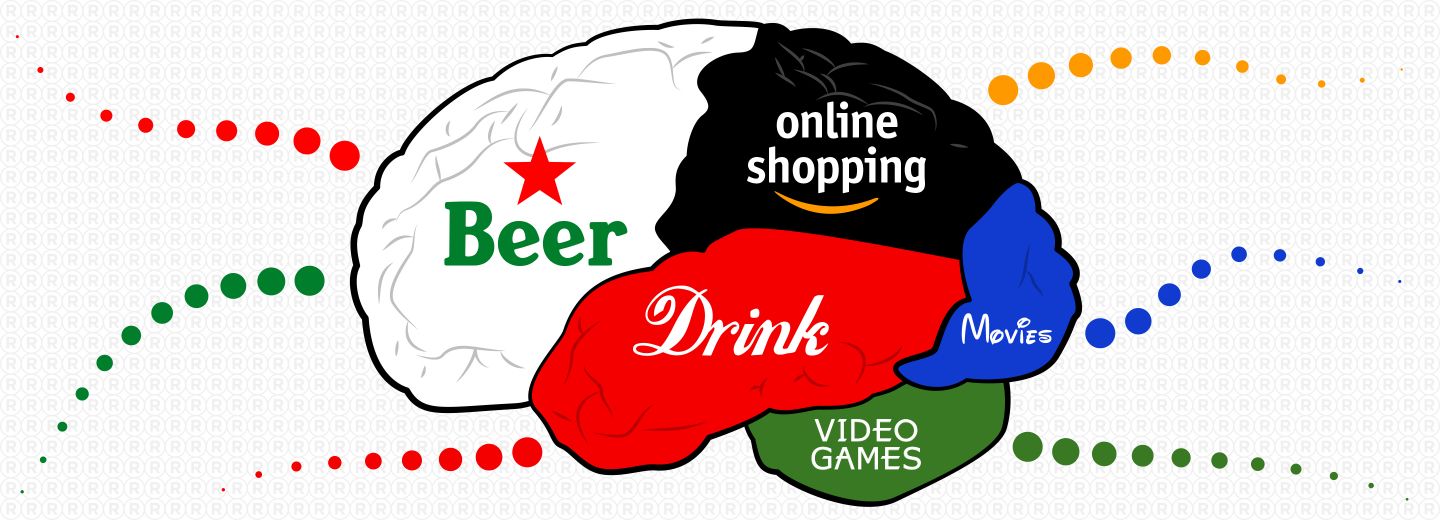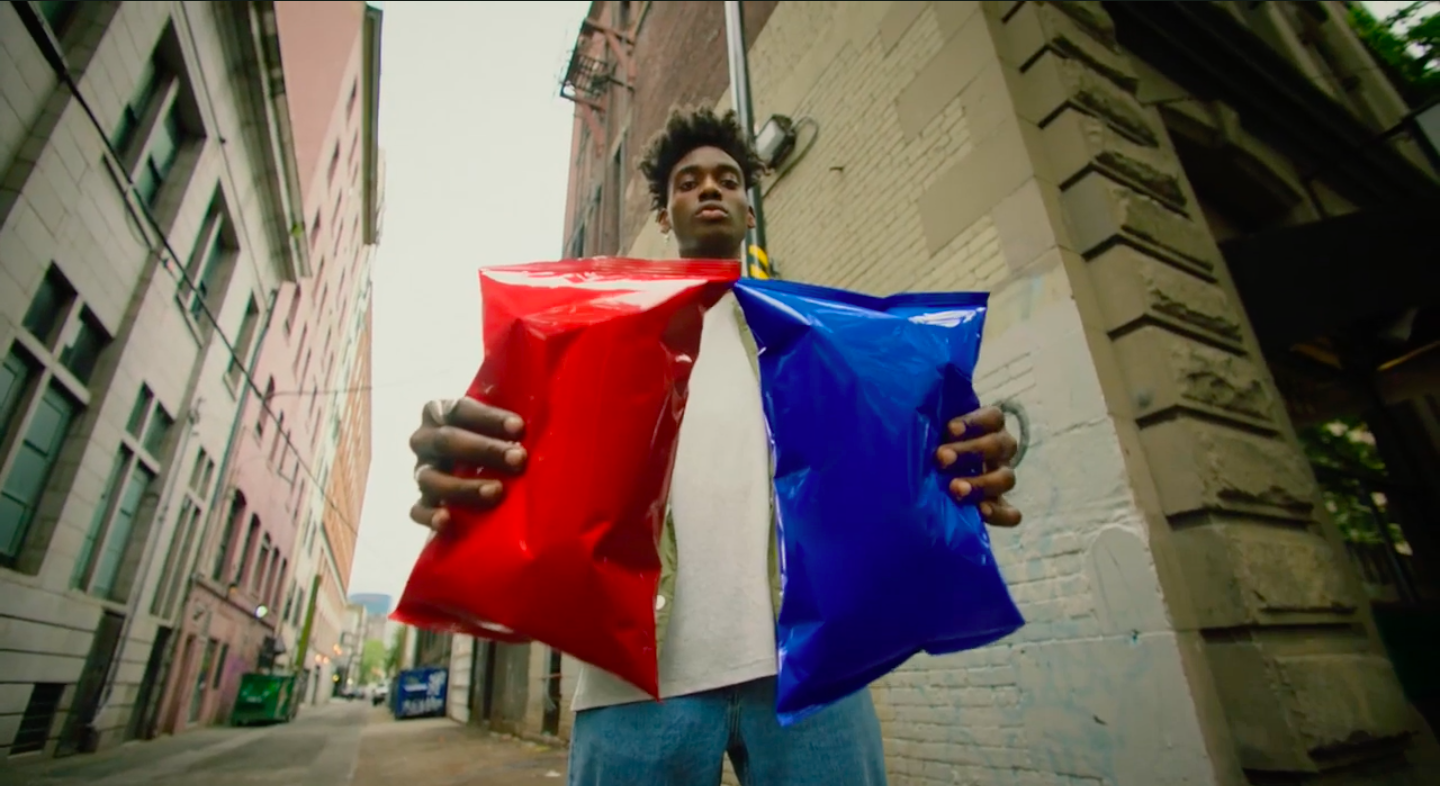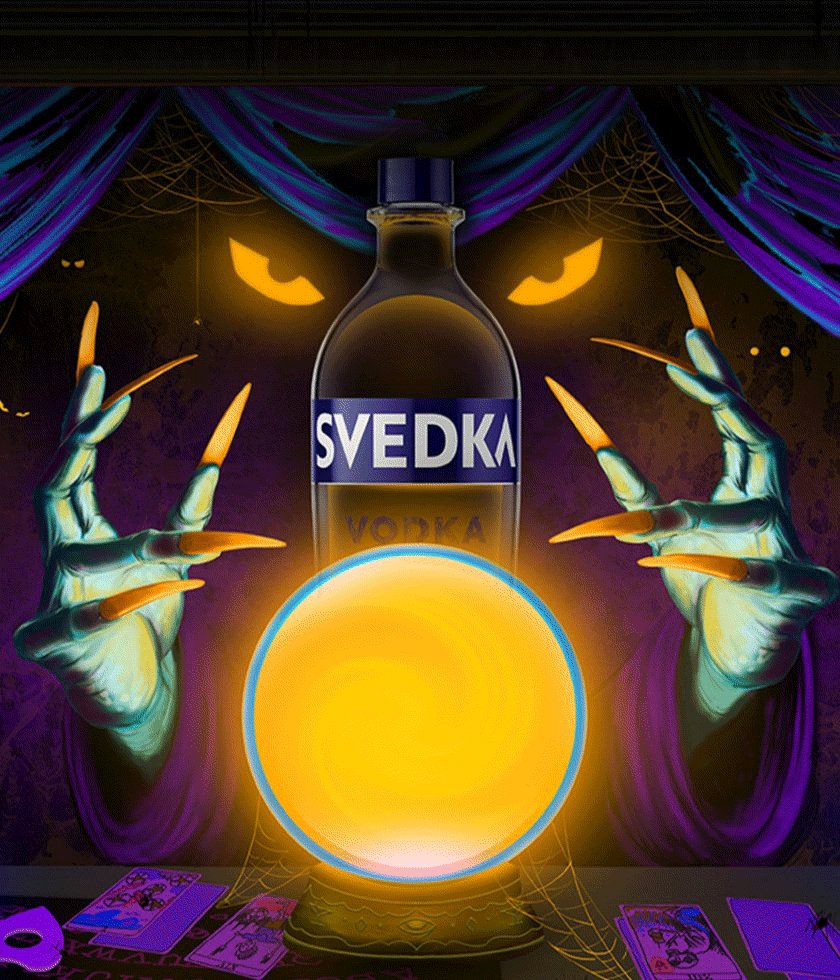Memory structures: the power of ‘sticky’ brands

We often think of memory as a mental reference book that we turn to when we need to recall something. But, in reality, our memory is firing off constantly — and often without us even being aware that we’re necessarily “trying to remember something.”
When you walk down the street, through an aisle, or scroll down a webpage your memory is activated. Which brands are easiest for your brain to process and recognize? Which products do you stop to look at, click on, pick up, or purchase? It’s all dependent on whether or not your brain has already established a memory associated with what you’re seeing and feeling.
It may sound odd, but you probably have a lot of fond memories with your go-to toilet paper brand — you just don’t think of it that way.
In layman’s terms, when a memory is first formed tiny connections are made between a unique combination of nerve cells in your brain. This unique connection forms a memory structure. These structures in your brain are activated every time that specific memory is triggered—whether it’s by specific colors, sounds, emotions, or sensations. If they are triggered consistently, these connections between nerve cells in your brain get ‘stickier’ and the memory gets stronger. That’s why we call it “muscle memory.”
If you did 10 push-ups every day, after a week, they’d probably start to feel a little easier — and increasingly easier as time passed. But if you followed the same push-up routine for a week and then stopped, those muscles would start to lose any strength they had gained.
A brand’s ability to grow is dependent on establishing these strong memory structures with consumers. So how can brands establish them and make them stick?
The first step is grabbing the consumer’s attention. It’s impossible for a brand to become memorable if the consumer has never even noticed the brand and/or its products in the first place. There are many ways a brand can stand out, whether it’s striking colors, bold fonts, unique shapes, catchy taglines or jingles, etc. These tactics help a brand get noticed in the first place, but getting noticed is only half of the battle.
In order to become a ‘sticky’ brand, the consumer needs to develop a memory structure that’s triggered every time they recognize the brand or an experience they’ve associated with it. And, in order to do that, the branding needs to be distinctive and consistent.
A great demonstration of the power of memory structures is a recent Doritos’ ad campaign in which Doritos ditched its logo and name entirely. The brand claims it’s got a “chip so iconic, we don’t need to name it.” Doritos went as far as to clear out it’s social channels and replace them with the unbranded triangular images.
Doritos can get away with this because the brand has built extremely strong memory structures with consumers. So much so that when a consumer sees a blank red bag of chips next to a blank blue bag of chips on the shelf at a convenience store they know exactly what’s inside. If they’re in a hurry, they may even grab the bag and head to the checkout counter before they’ve even realized that something is missing.
Brands like Doritos have a distinct set of brand assets that they’ve used consistently over decades. Like a worn-down path in a field of grass that’s been traced over and over again, consumers have ingrained the branding into their memory—it’s easier for them to recognize the brand, process the advertisement, and ultimately choose it.
While Doritos is a tough brand to follow because of its history, footprint, and budget—other smaller brands can use their formula to begin to build their own muscle memories. And as we now know, strong, iconic brand elements paired with consistency is the key to achieving that.
Still, feeling like you’re missing something in your branding elements to create stickiness? Don’t fret, with the right branding agency anything is possible.



